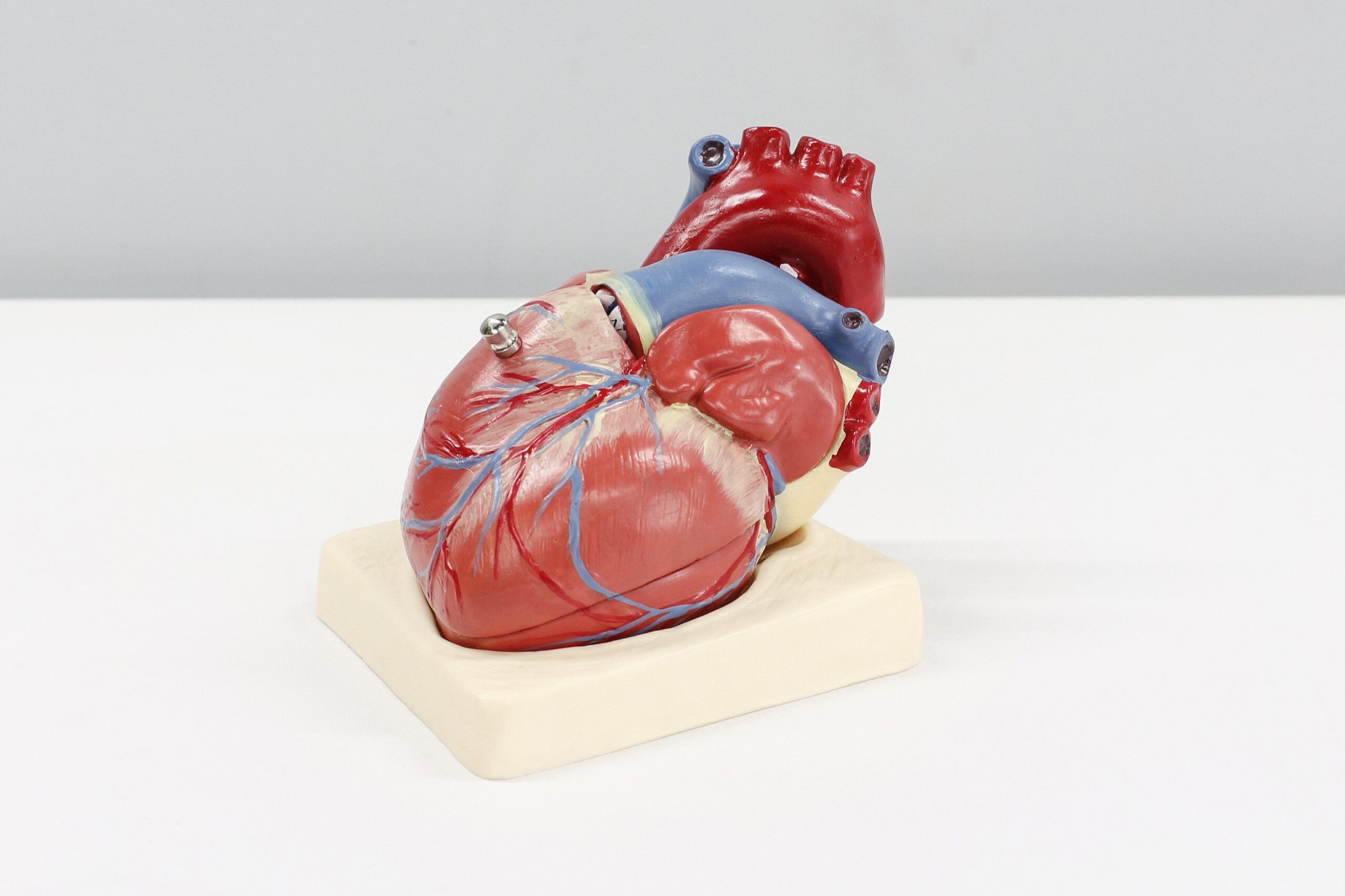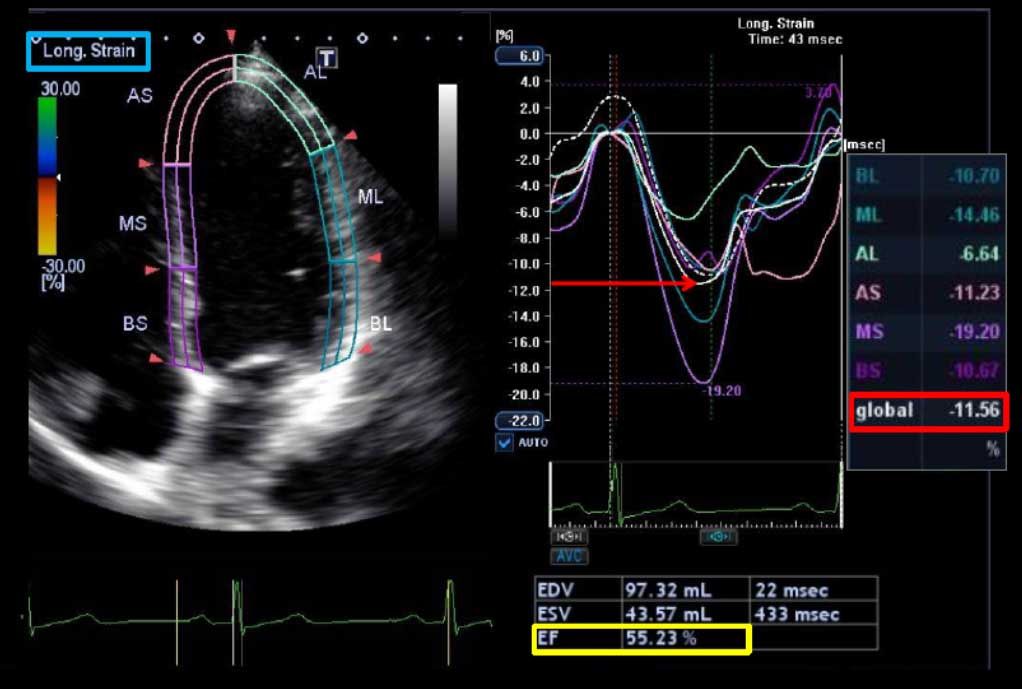Are ICDs Useful in Preventing SCD in Children and Adolescents with HCM?
Hypertrophic cardiomyopathy (HCM) is the most common cause of sudden cardiac death (SCD) in the young. The availability of implantable cardioverter-defibrillators (ICDs) over the past decade for HCM has demonstrated the potential for sudden death prevention, predominantly in adult patients. In children and adolescents with hypertrophic cardiomyopathy , ICDs terminated life-threatening ventricular tachyarrhythmias, but frequently led to device-related complications. The multicenter, international registry study, published on April 1 in the Journal of the American College of Cardiology, looked at 224 patients with HCM under age 20, who were at high risk for sudden cardiac death (SCD), and who received ICDs for primary or secondary prevention. Results showed ICDs were activated appropriately to terminate ventricular tachycardia or ventricular fibrillation in 43 of 244 patients (19 percent) over a mean of 4.3 ± 3.3 years. Intervention rates were 4.5 percent per year overall, 14.0 percent per year for secondary prevention after cardiac arrest, and 3.1 percent per year for primary prevention on the basis of risk factors.
In addition, the primary prevention discharge rate terminating ventricular tachycardia or ventricular fibrillation was the same in patients who underwent implantation for 1, 2, or ≥3 risk factors (12 of 88 [14 percent], 10 of 71 [14 percent], and 4 of 29 [14 percent], respectively, p = 1.00). Extreme left ventricular hypertrophy was most frequently associated with appropriate interventions. However, ICD-related complications, particularly inappropriate shocks and lead malfunction, occurred in 91 patients (41 percent) at 17 ± 5 years of age.
The authors support the current risk stratification strategy for identifying patients with HCM susceptible to life-threatening ventricular tachyarrhythmias, and underscore an important role for SCD prevention (with ICDs). However, since the rate of device complications adds a measure of complexity to ICD decisions in this age group, the authors conclude that it is important to balance considerations for the preservation of life using ICDs against the possibility of device-related complications that may be anticipated with implantation so early in life.
Source:
Maron BJ, et al. Prevention of Sudden Cardiac Death with Implantable Cardioverter-Defibrillators in Children and Adolescents with Hypertrophic Cardiomyopathy. J Am Coll Cardiol. 2013;61(14):1527-1535.


